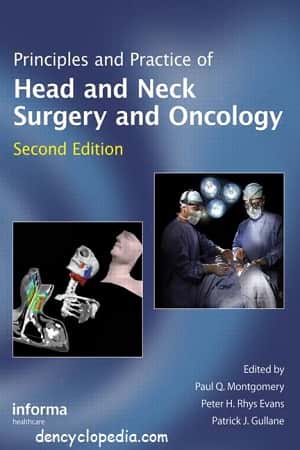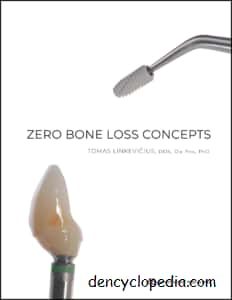Author : Peter H. Rhys Evans
Patrick J. Gullane
Paul Q. Montgomery
Edition : 2nd Edition
Download PDF Principles and Practice of Head and Neck Surgery and Oncology

On a worldwide scale head and neck malignancy represents the 5th commonest cancer and nowhere within the field of human oncology are the consequences of progression of disease more readily apparent, more cosmetically deforming, and more functionally and psychologically disturbing than during this region. Unlike cancer at other sites within the body it’s not a disease of 1 organ but it includes a good sort of tumors affecting not only the range of upper aerodigestive tract organs like the tongue, pharynx, larynx, nose, and ear, but also other related structures including the thyroid, salivary glands, skull base, skin, and lymphatics of the top and neck.
During the last 30 years progress in head and neck cancer therapy has not only benefited from an increased understanding of the genetics of tumor growth and lymphatic metastatic spread, but also from a far better knowledge of epidemiological and etiological factors. At an equivalent time, cohort and accurate population-based studies have helped to spot more precisely the incidence and changing trends in head and neck cancer.
A greater understanding of the clinico-pathological correlation of tumor types, tumor invasion, and patterns of spread have allowed clinicians to plan combined management for every individual patient during a more practical and objective fashion.






